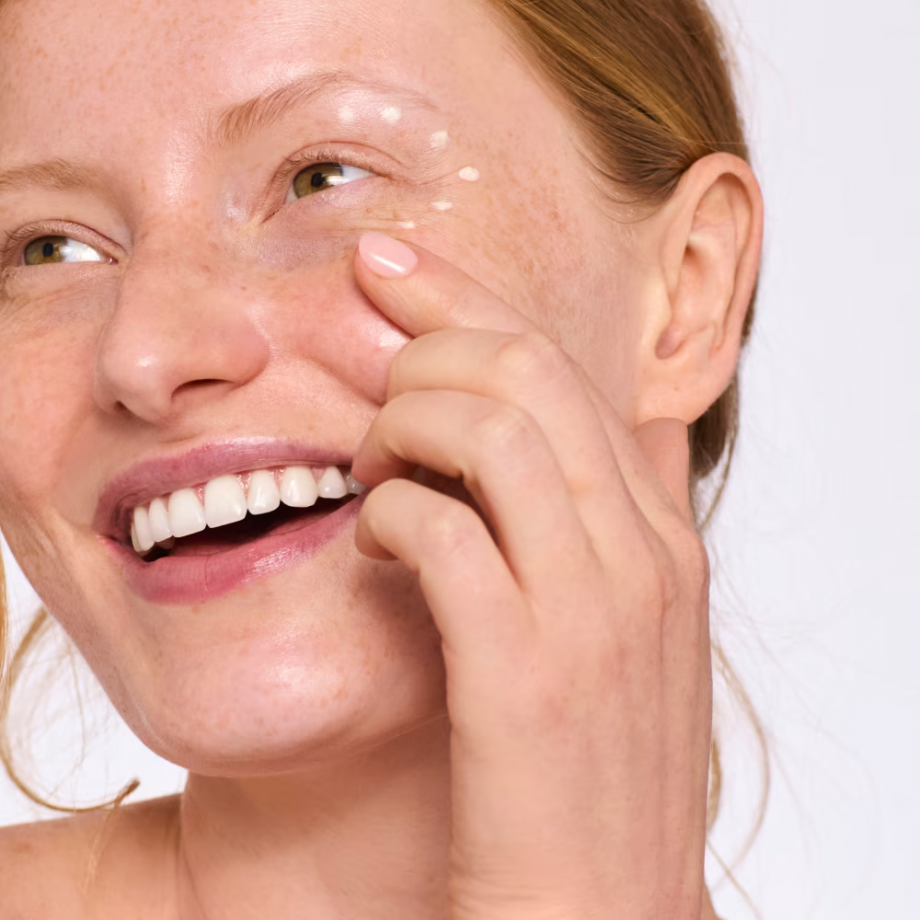There are many women who feel confused and often wonder “what skin type do I have?” If this happens to you, then don’t feel bad. It happens very often. And that’s why we decided to write an article for this purpose.
Skin types are the categories people use to describe how oily, dry or sensitive their skin is. Being aware of our skin type also helps us to find the right way to care for our skin. So let’s go explore skin types , identify their characteristics and understand what kind of skin we have.
What causes different skin types?
Skin type can vary for a number of reasons. While genetics greatly influences it. It is also influenced by other factors such as age, hygiene, weather and underlying conditions.
Age
As we age, our skin thins and loses its elasticity. Older skin just isn’t as firm and smooth as it used to be. These changes can affect the appearance and type of your skin. Skin can become more sensitive as you age and is also more prone to drying.
Cleaning routine
Skin care is important, but did you know that the way you cleanse your skin can affect your skin type? One study suggests that towel drying after washing, for example, can affect the function of your skin’s barrier, meaning it’s more likely to dry out.
Weather and sun exposure
Weather can also affect skin type. People’s skin tends to be oilier in the summer months and drier in the winter. The environment can also play a role. Opening the oven in winter, for example, can lead to drier skin. Exposure to the sun can also make a person’s skin more sensitive, as the sun’s rays damage the skin and leave it thinner and more fragile than before.
Underlying conditions
Skin conditions, such as rosacea, may increase skin sensitivity. Similarly, conditions such as eczema and psoriasis can dry the skin.
What types of skin are there?
To determine our skin type we need to take into account how much oil or sebum our skin produces. Sebum is a natural secretion of the skin to seal in moisture. However, excessive secretion of it causes oiliness, blackheads and acne.So based on the oil and sebum produced by the skin, the American Academy of Dermatology (AAD) identifies five main skin types:
- Dry
- Oily
- Mixed
- Sensitive
- Normal
But let’s take them one by one to better understand the characteristics of each skin type.
Dry skin
This is skin that produces less sebum than it needs to ensure the desired moisture. People with dry skin notice the following characteristics:
- They feel tight or dry skin, especially after bathing or swimming.
- The skin looks dull or rough.
- When they feel dry or wet, the skin looks dull and rough, or when they feel dull or rough when they are wet.
Dry skin is often temporary or seasonal – you may only have it in winter, for example – or you may need to treat it long-term. The signs and symptoms of dry skin can be
Oily skin
Oily skin produces more sebum than it needs. The characteristics of oily skin are:
- A feeling of oiliness and shine. The areas where this sensation is most evident are the nose and forehead.
- The pores are visibly large and clog easily.
- The nose and eyes are the most prominent and prominent areas, especially in the nose, the nose and the eyes.
- Wrinkles are fewer and deeper due to the thickness of the skin.
Excesses of oiliness result from changes in hormones during puberty and also during menstruation. In addition, oily phenomena also appear during pregnancy or during menopause.
Mixed leather
Combination skin is one of the most common skin types and this is due to the fact that the skin is affected and changes a lot during the change of seasons. The characteristics of combination skin are:
- Oily T-zone: That is the forehead, midface, nose and chin.
- Dry U-zone: That is, the remaining parts of the face.
- This means the T-zone, which is the most oily part of the face, including the T-zone, the T-zone, the T-zone of the face, the T-zone of the nose, the T-zone of the forehead, and the T-zone of the face.
- Strong variation in facial features depending on weather conditions.
- Uneven skin texture.
More specifically, combination skin is a combination between the characteristics of the two basic types, dry and oily. This means that different areas of the face need different care.
Sensitive skin
It occurs mainly in cases where the skin barrier is weakened. As a result of this, the moisture in the skin evaporates and various irritants invade the skin. The characteristics of sensitive skin are:
- Stinging.
- Burning sensation.
- Production of many free radicals.
- Redness or rashes.
Sensitive skin is the result of hypersensitivity of the nerve endings of the skin , which emit pain signals in response to innocuous stimuli.
Normal skin
The main characteristic of normal skin is balance. It has a soft texture and normal hydration. Its pores are normal as well as the thickness of the skin. This type of skin does not often show lesions. Any problems it may have are usually due to poor care or normal aging.
How do we identify our skin type?
To identify our skin type we follow the procedure below:
- Wash the face with a gentle cleanser
- dry with a clean towel
- observe how the skin looks and feels immediately after washing.
- observe how this will change over the next few hours
Dry skin will feel dry or tight shortly after washing. It may also look dull, rough or flaky.
Oily skin may be matte after washing, but will become shiny or oily over the next few hours. The oil will be visible if a person wipes their nose with a tissue.
Mixed skin usually includes an oily T-zone and normal or dry cheeks. The T zone includes the forehead, nose and chin. After a while, this area will be shiny or oily, but the cheeks will not.
Normal skin will show hydration and comfort with no signs of oiliness or irritation.
For better control, 30 minutes after cleansing, gently press a piece of paper on different parts of the face:
- If the paper absorbs plenty of oil from all areas of the face then it is oily skin.
- If it absorbs little to no oil then it is probably dry skin.
- If only a small amount of oil appears from the T-zone the skin is combination skin.
- If it absorbs very little oil in each area of the face, the skin is normal.




